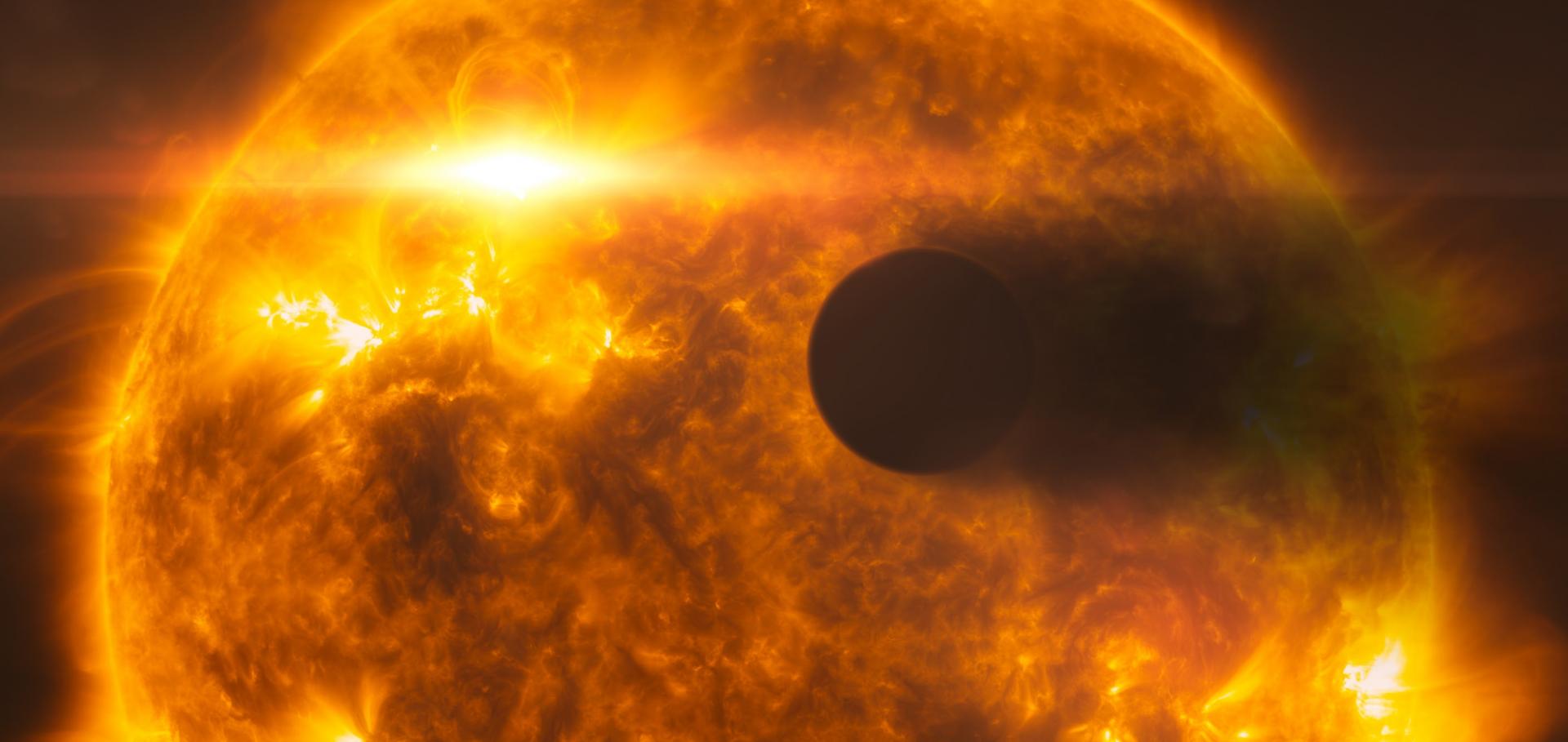CoRoT 223992193: A new, low-mass, pre-main sequence eclipsing binary with evidence of a circumbinary disk
ArXiv 1311.399 (2013)
Abstract:
We present the discovery of CoRoT 223992193, a double-lined, detached eclipsing binary, comprising two pre-main sequence M dwarfs, discovered by the CoRoT space mission during a 23-day observation of the 3 Myr old NGC 2264 star-forming region. Using multi-epoch optical and near-IR follow-up spectroscopy with FLAMES on the Very Large Telescope and ISIS on the William Herschel Telescope we obtain a full orbital solution and derive the fundamental parameters of both stars by modelling the light curve and radial velocity data. The orbit is circular and has a period of $3.8745745 \pm 0.0000014$ days. The masses and radii of the two stars are $0.67 \pm 0.01$ and $0.495 \pm 0.007$ $M_{\odot}$ and $1.30 \pm 0.04$ and $1.11 ~^{+0.04}_{-0.05}$ $R_{\odot}$, respectively. This system is a useful test of evolutionary models of young low-mass stars, as it lies in a region of parameter space where observational constraints are scarce; comparison with these models indicates an apparent age of $\sim$3.5-6 Myr. The systemic velocity is within $1\sigma$ of the cluster value which, along with the presence of lithium absorption, strongly indicates cluster membership. The CoRoT light curve also contains large-amplitude, rapidly evolving out-of-eclipse variations, which are difficult to explain using starspots alone. The system's spectral energy distribution reveals a mid-infrared excess, which we model as thermal emission from a small amount of dust located in the inner cavity of a circumbinary disk. In turn, this opens up the possibility that some of the out-of-eclipse variability could be due to occultations of the central stars by material located at the inner edge or in the central cavity of the circumbinary disk.CoRoT 223992193: A new, low-mass, pre-main sequence eclipsing binary with evidence of a circumbinary disk
(2013)
HST hot Jupiter transmission spectral survey: detection of water in HAT-P-1b from WFC3 near-IR spatial scan observations
Monthly Notices of the Royal Astronomical Society Oxford University Press (OUP) 435:4 (2013) 3481-3493
Radial Velocity Variations of Photometrically Quiet, Chromospherically Inactive Kepler Stars: A Link Between RV Jitter and Photometric Flicker
(2013)
HST hot Jupiter Transmission Spectral Survey: A detection of Na and strong optical absorption in HAT-P-1b
(2013)


